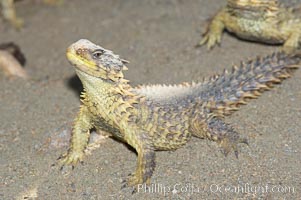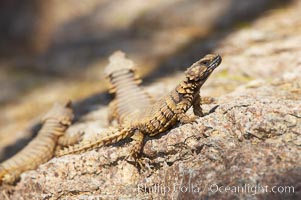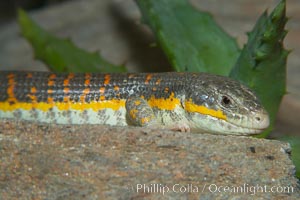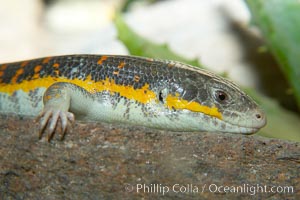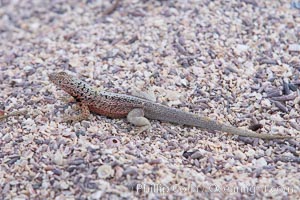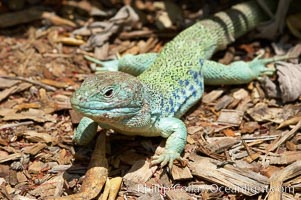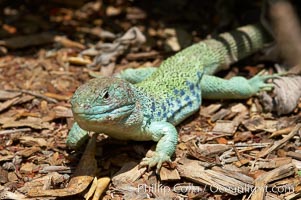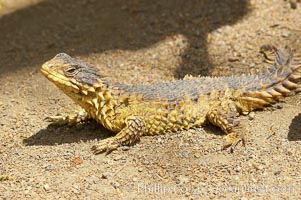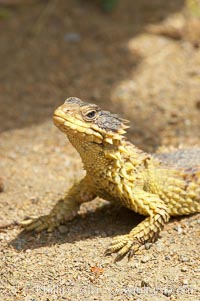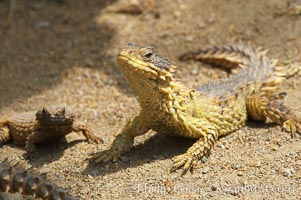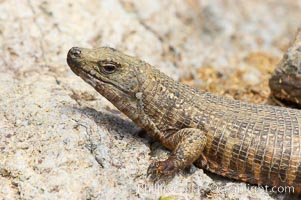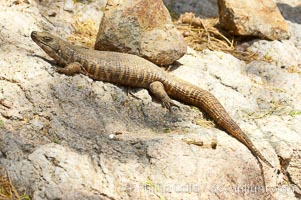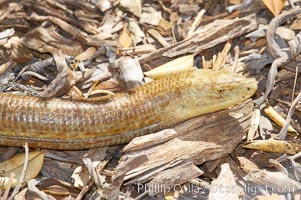
European glass lizard. Without legs, the European glass lizard appears to be a snake, but in truth it is a species of lizard. It is native to southeastern Europe.
Species: European glass lizard, Pseudopus apodus
Image ID: 12742
Species: European glass lizard, Pseudopus apodus
Image ID: 12742
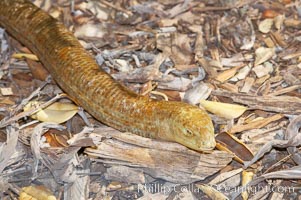
European glass lizard. Without legs, the European glass lizard appears to be a snake, but in truth it is a species of lizard. It is native to southeastern Europe.
Species: European glass lizard, Pseudopus apodus
Image ID: 12743
Species: European glass lizard, Pseudopus apodus
Image ID: 12743
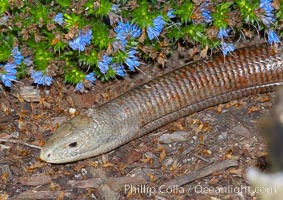
European glass lizard. Without legs, the European glass lizard appears to be a snake, but in truth it is a species of lizard. It is native to southeastern Europe.
Species: European glass lizard, Pseudopus apodus
Image ID: 12744
Species: European glass lizard, Pseudopus apodus
Image ID: 12744
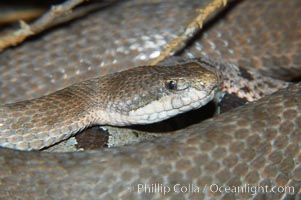
Twin-spotted rattlesnake, native to southern Arizona, is a small rattlesnake occupying talus slopes at high elevations and preying on lizards.
Species: Two-spotted rattlesnake, Crotalus pricei
Image ID: 12817
Species: Two-spotted rattlesnake, Crotalus pricei
Image ID: 12817
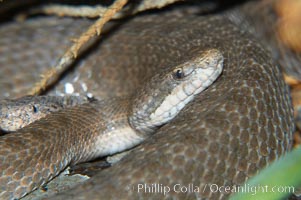
Twin-spotted rattlesnake, native to southern Arizona, is a small rattlesnake occupying talus slopes at high elevations and preying on lizards.
Species: Two-spotted rattlesnake, Crotalus pricei
Image ID: 12818
Species: Two-spotted rattlesnake, Crotalus pricei
Image ID: 12818
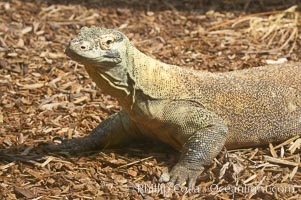
Komodo dragon, the worlds largest lizard, grows to 10 feet (3m) and over 500 pounds. They have an acute sense of smell and are notorious meat-eaters. The saliva of the Komodo dragon is deadly, an adaptation to help it more quickly consume its prey.
Species: Komodo dragon, Varanus komodoensis
Image ID: 12820
Species: Komodo dragon, Varanus komodoensis
Image ID: 12820
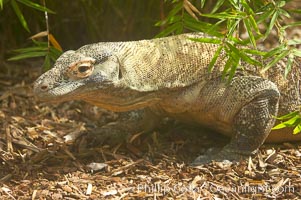
Komodo dragon, the worlds largest lizard, grows to 10 feet (3m) and over 500 pounds. They have an acute sense of smell and are notorious meat-eaters. The saliva of the Komodo dragon is deadly, an adaptation to help it more quickly consume its prey.
Species: Komodo dragon, Varanus komodoensis
Image ID: 12821
Species: Komodo dragon, Varanus komodoensis
Image ID: 12821
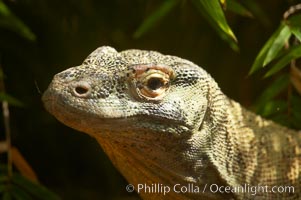
Komodo dragon, the worlds largest lizard, grows to 10 feet (3m) and over 500 pounds. They have an acute sense of smell and are notorious meat-eaters. The saliva of the Komodo dragon is deadly, an adaptation to help it more quickly consume its prey.
Species: Komodo dragon, Varanus komodoensis
Image ID: 12822
Species: Komodo dragon, Varanus komodoensis
Image ID: 12822
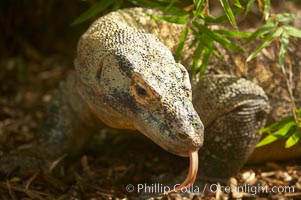
Komodo dragon, the worlds largest lizard, grows to 10 feet (3m) and over 500 pounds. They have an acute sense of smell and are notorious meat-eaters. The saliva of the Komodo dragon is deadly, an adaptation to help it more quickly consume its prey.
Species: Komodo dragon, Varanus komodoensis
Image ID: 12823
Species: Komodo dragon, Varanus komodoensis
Image ID: 12823
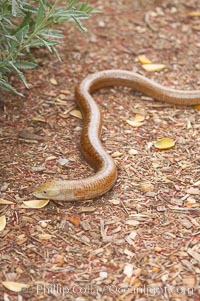
European glass lizard. Without legs, the European glass lizard appears to be a snake, but in truth it is a species of lizard. It is native to southeastern Europe.
Species: European glass lizard, Pseudopus apodus
Image ID: 12826
Species: European glass lizard, Pseudopus apodus
Image ID: 12826
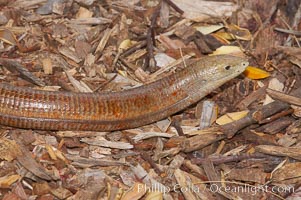
European glass lizard. Without legs, the European glass lizard appears to be a snake, but in truth it is a species of lizard. It is native to southeastern Europe.
Species: European glass lizard, Pseudopus apodus
Image ID: 12827
Species: European glass lizard, Pseudopus apodus
Image ID: 12827
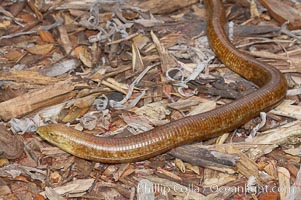
European glass lizard. Without legs, the European glass lizard appears to be a snake, but in truth it is a species of lizard. It is native to southeastern Europe.
Species: European glass lizard, Pseudopus apodus
Image ID: 12828
Species: European glass lizard, Pseudopus apodus
Image ID: 12828
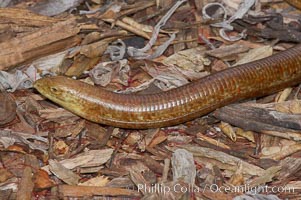
European glass lizard. Without legs, the European glass lizard appears to be a snake, but in truth it is a species of lizard. It is native to southeastern Europe.
Species: European glass lizard, Pseudopus apodus
Image ID: 12829
Species: European glass lizard, Pseudopus apodus
Image ID: 12829
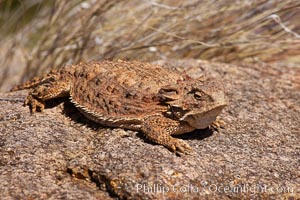
Horned lizard. When threatened, the horned lizard can squirt blood from its eye at an attacker up to 5 feet away.
Species: Horned lizard, Phrynosoma
Location: Amado, Arizona
Image ID: 22964
Species: Horned lizard, Phrynosoma
Location: Amado, Arizona
Image ID: 22964
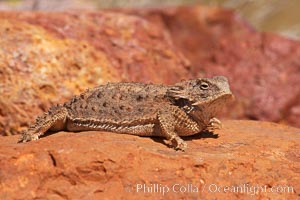
Horned lizard. When threatened, the horned lizard can squirt blood from its eye at an attacker up to 5 feet away.
Species: Horned lizard, Phrynosoma
Location: Amado, Arizona
Image ID: 22973
Species: Horned lizard, Phrynosoma
Location: Amado, Arizona
Image ID: 22973
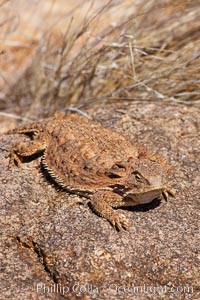
Horned lizard. When threatened, the horned lizard can squirt blood from its eye at an attacker up to 5 feet away.
Species: Horned lizard, Phrynosoma
Location: Amado, Arizona
Image ID: 23051
Species: Horned lizard, Phrynosoma
Location: Amado, Arizona
Image ID: 23051
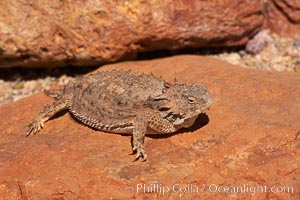
Horned lizard. When threatened, the horned lizard can squirt blood from its eye at an attacker up to 5 feet away.
Species: Horned lizard, Phrynosoma
Location: Amado, Arizona
Image ID: 23052
Species: Horned lizard, Phrynosoma
Location: Amado, Arizona
Image ID: 23052
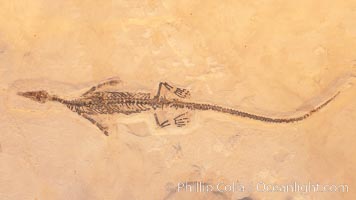
Freshwater lizard fossil, collected in Ceara, Brazil, dated 130 million years old.
Image ID: 20864
Image ID: 20864
